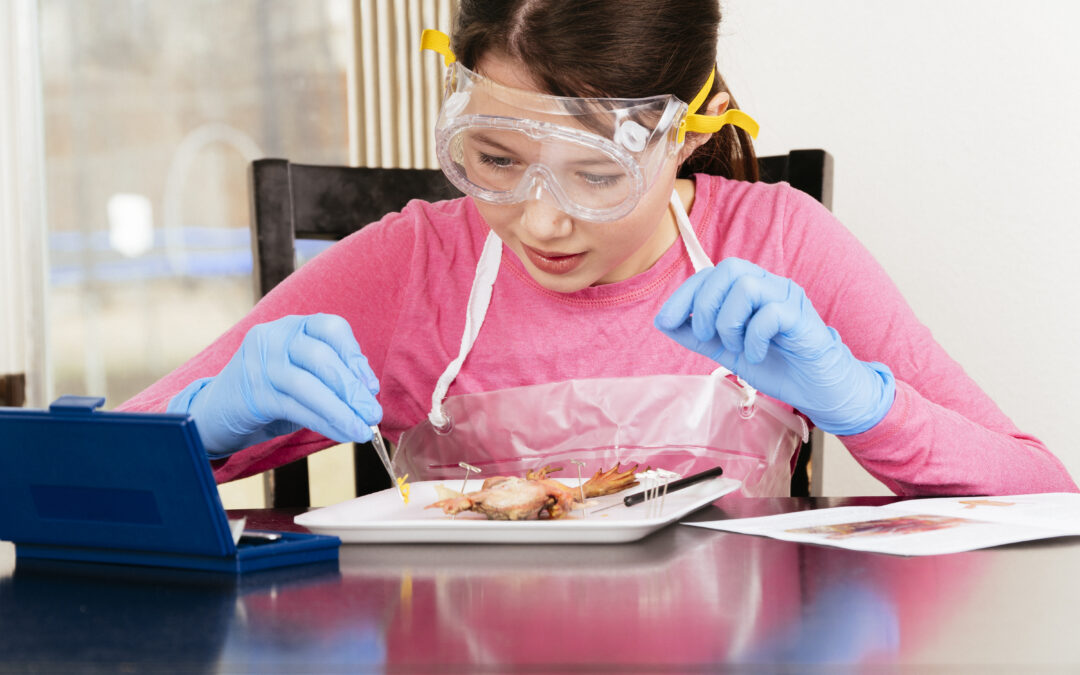Have you ever wondered how you can help provide habitat for pollinators like honey bees and butterflies in your back yard? Learn how to make a pollinator hotel with this step-by-step guide and lesson.
Pollinators are animals that help move pollen. Most pollinators are insects, like bees, butterflies, and beetles. Butterflies, beetles, and many species of bees don’t build homes. Instead, they use leaves, branches, and other plant materials to shelter themselves.
Pollinator hotels, also referred to as bee hotels, help pollinators survive because they provide them homes. The pollinators in your area are different from pollinators in another state or country.
Before building your pollinator hotel, you will want to research your local pollinators. You can do this by using the internet or library books. Make sure to find resources that are specific to the state, city, or region you live in. For example, if you live in Texas, you have different pollinators than someone living in Washington.
Local experts can also be a great resource to learn about local pollinators. You can find experts at state and national parks. If there is a college or university in your area, you may also be able to find a professor who is a local expert. Reach out to a local expert either by phone call or email.
What You Need:
- 2-liter bottle
- Scissors
- String
- Items to fill your hotel:
- Sticks
- Pinecones
- Cardboard tubes
- Leaves
- Hay
- Scraps of paper
- Anything else you think a pollinator may use to stay warm and dry
What To Do:
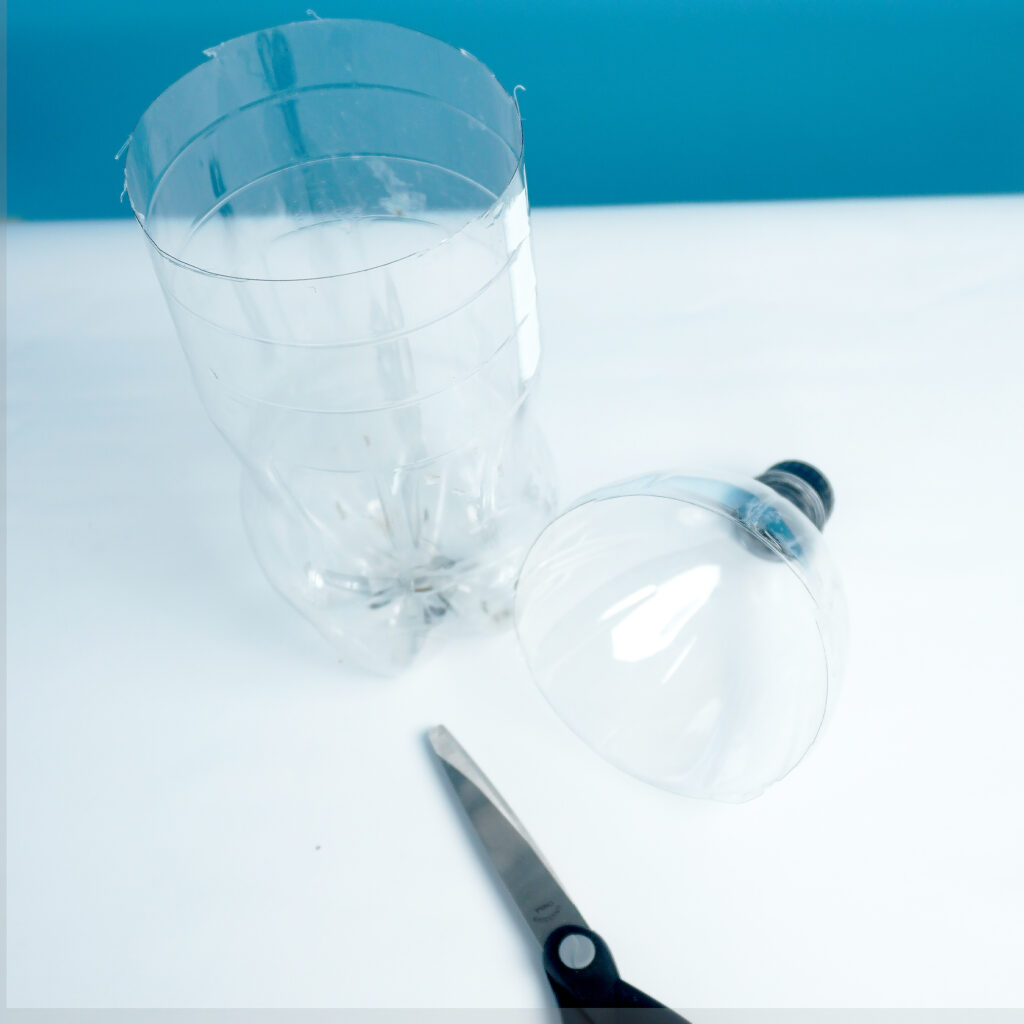
- Research pollinators in your area to determine what types of pollinators will use your pollinator hotel.
- Using scissors, cut the neck off the bottle.
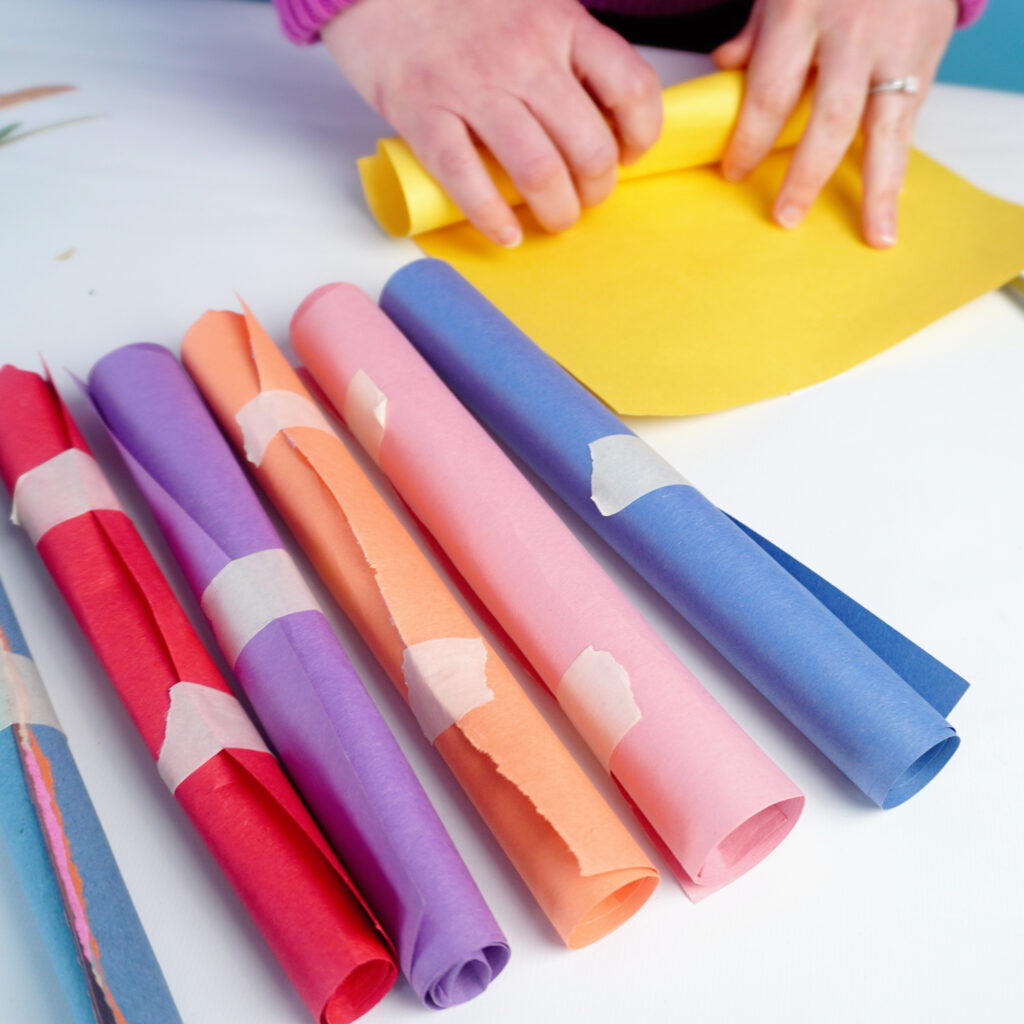
- Roll your scraps of paper to make small tubes. The tubes should be large enough for a bee to fit in. Hint: You can use a marker or pencil to help roll the paper.
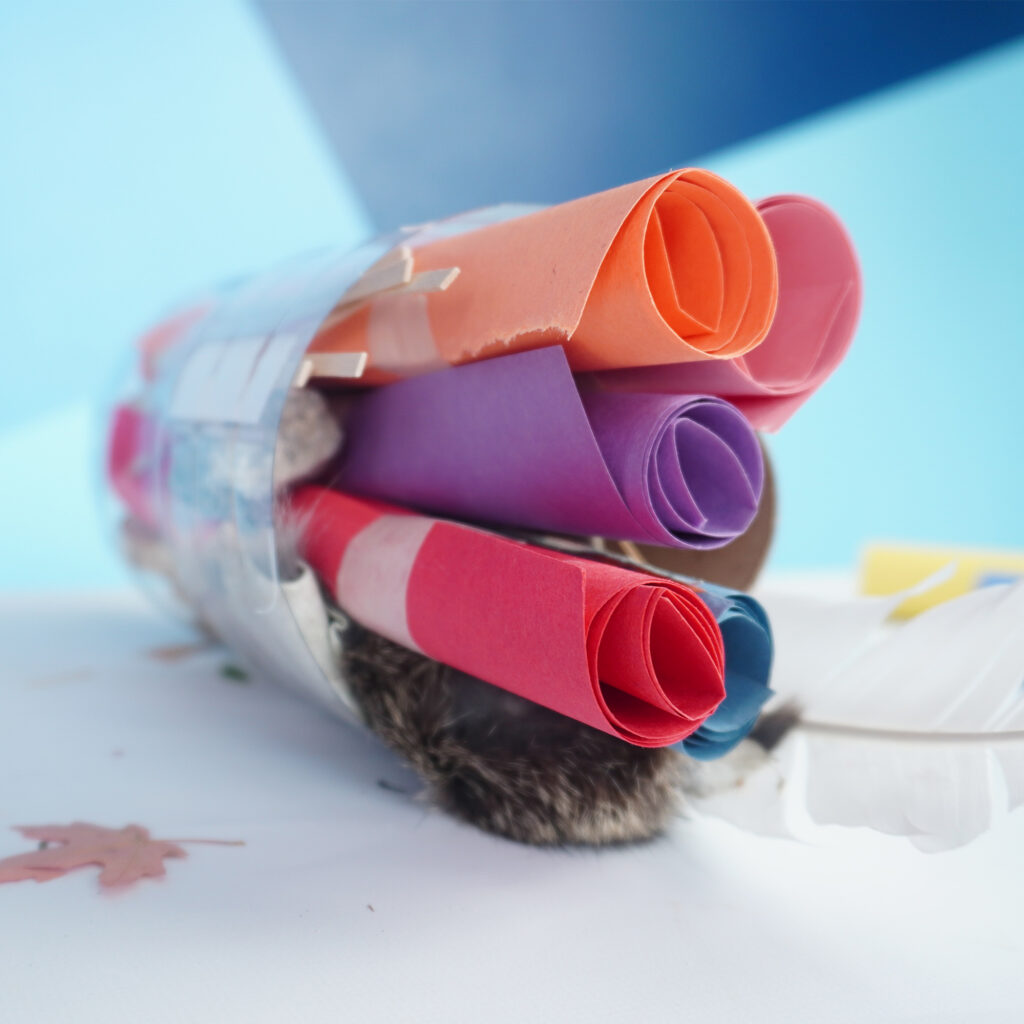
- Arrange your paper tubes in the bottle. You can arrange the sticks, pinecones and other materials you gathered with the paper tubes until you are happy with the hotel.
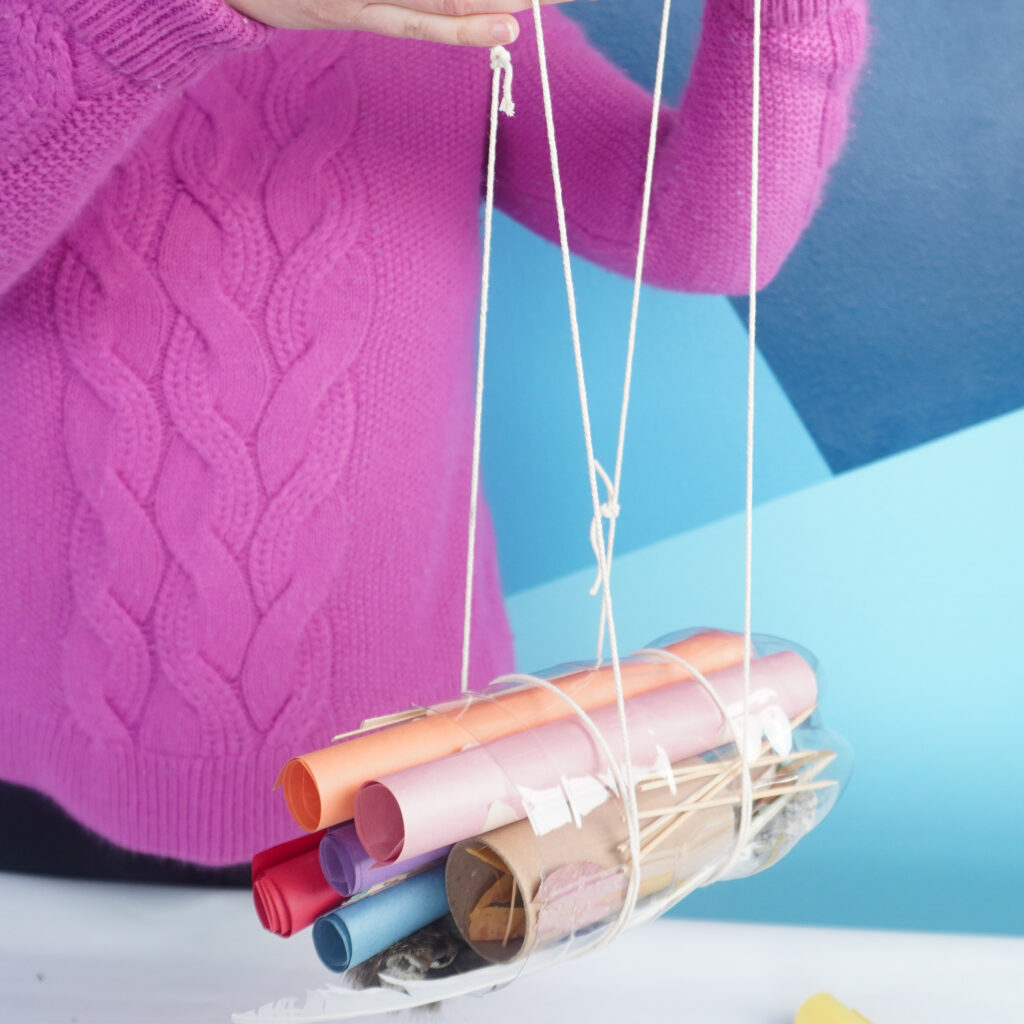
- Cut two pieces of string, each 3 feet long.
- Wrap one piece of string around the top of the bottle. Tie a knot to make a loop.
- Wrap the other piece of string around the bottom of the bottle. Tie a knot to make a loop the same size as the first loop.
- Hang your bottle from a tree branch using the string loops.
- Visit or view your pollinator hotel to see how well it is being used. If there are pollinators in your hotel, allow them to rest peacefully.
What Happened:
The Importance of Pollinators
Pollinators are crucial to the reproduction and survival of many plants. They move pollen from one plant to another, allowing the plant to reproduce and make more of that species of plant. The pollinators don’t just do this for the good of the plants though. Instead, when they pollinate plants, they eat nectar and some of the pollen. This is known as symbiosis, the direct ecological interaction between two different organisms that has developed over time.
The type of symbiosis that pollinators and plants have is called mutualism. Mutualism is a symbiotic relationship between two organisms or species where both benefit (or get something) from each other. The plants are able to reproduce and the pollinators access food.
The Right Pollinator for the Job
Not all pollinators pollinate all plants. Instead, each plant has a specific characteristics or traits that it uses to attract certain pollinators. These characteristics can include shape, smell, color, and location.
Beetles and hummingbirds are two pollinators that are drawn to bright colors. While both beetles and hummingbirds are drawn to yellow and orange flowers, hummingbirds are also drawn to pink, purple, and red plants.
Bats are pollinators that are drawn to smell rather than color. They typically pollinate fragrant flowers, herbs, and plants. Additionally, most bats are nocturnal. Nocturnal animals are active at night. Because bats are nocturnal, they must pollinate plants that bloom at night rather than during the day. Flowers that bloom during the day are not accessible to bats.
Flower size is also a factor in attracting the right pollinators. Hummingbirds, moths, and butterflies can both access pollen and nectar from thin flowers. Hummingbird beaks are larger than a butterfly’s and moth’s proboscis. The proboscis of a butterfly or moth is designed to reach down into tiny flowers, flower that are even too small for a hummingbird’s beak to fit.
Your pollinator hotel is best suited for insects, rather than birds and bats. And, that’s okay! Bats and birds build their own homes, so they won’t need a pollinator hotel. The beetles, bees, butterflies, moths, and other insect pollinators will be able to use your pollinator hotel to keep them safe.
Looking to dive deeper? Try these pollinator and insect kits.





